In the world of fabric care, the humble lint remover emerges as an unsung hero, pivotal in preserving the pristine appearance of textiles and extending the lifespan of clothing and upholstery. This essential tool, often overlooked, plays a crucial role in ensuring garments and fabrics maintain their newness, by effectively removing fuzz, pills, and lint. For entities in charge of sourcing products, selecting a high-quality lint remover is more than just about keeping fabrics clean; it’s about offering a solution that adds value to the consumer’s life, enhancing the durability and aesthetics of their cherished textiles. As such, understanding the nuances of different lint removers becomes crucial in making informed decisions that align with the needs and preferences of end users.
Table of Contents
1. Understanding lint removers: Types and applications
2. 2024 market insights for lint removers
3. Criteria for choosing lint removers
4. Leading lint remover models of 2024
1. Understanding lint removers: Types and applications
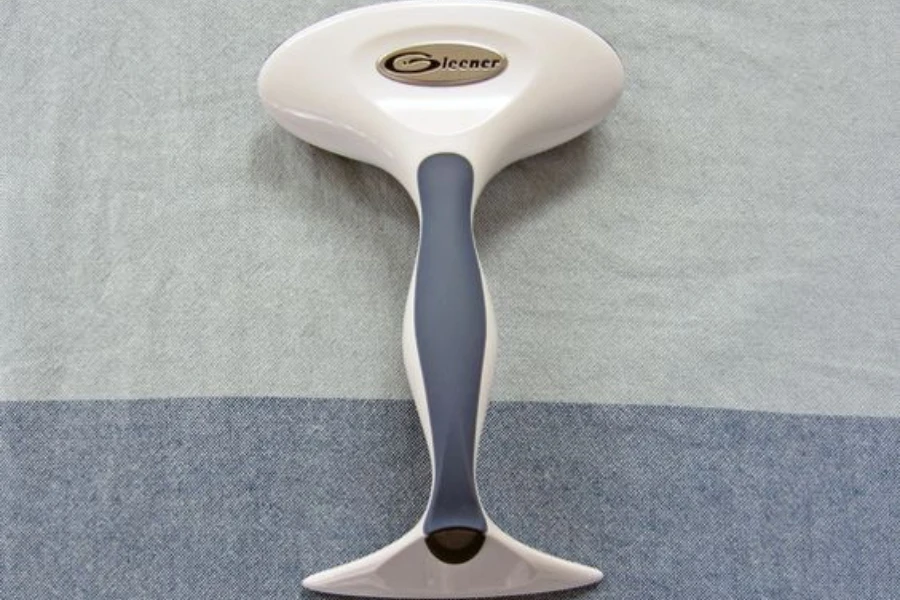
Lint removers, pivotal in fabric care, present an array of options to those in charge of product procurement, catering to the varied demands of textile maintenance. The market avails these indispensable tools in numerous designs and functionalities, each tailored to specific needs and preferences.
The diversity in lint remover offerings spans from manual to electric models, each embodying distinct features for efficacy and user convenience. This variety ensures that textiles, from everyday clothing to intricate upholstery, receive appropriate care without compromising their integrity or appearance.
Electric vs. manual lint removers
Electric lint removers, celebrated for their efficiency, operate on batteries or direct power, offering quick and effortless lint removal. Their blades rotate at high speeds, picking up fuzz with minimal effort, making them ideal for those seeking convenience and time savings. Despite their higher price point, electric models are preferred for their consistent performance across larger fabric surfaces. On the other hand, manual lint removers, known for their durability and portability, require physical effort to draw lint from fabrics. They excel in precision tasks and are favored for their ability to gently care for delicate fabrics without the need for batteries or electrical sources. This dichotomy between electric and manual models underscores the importance of selecting a lint remover that aligns with specific use cases and fabric types.
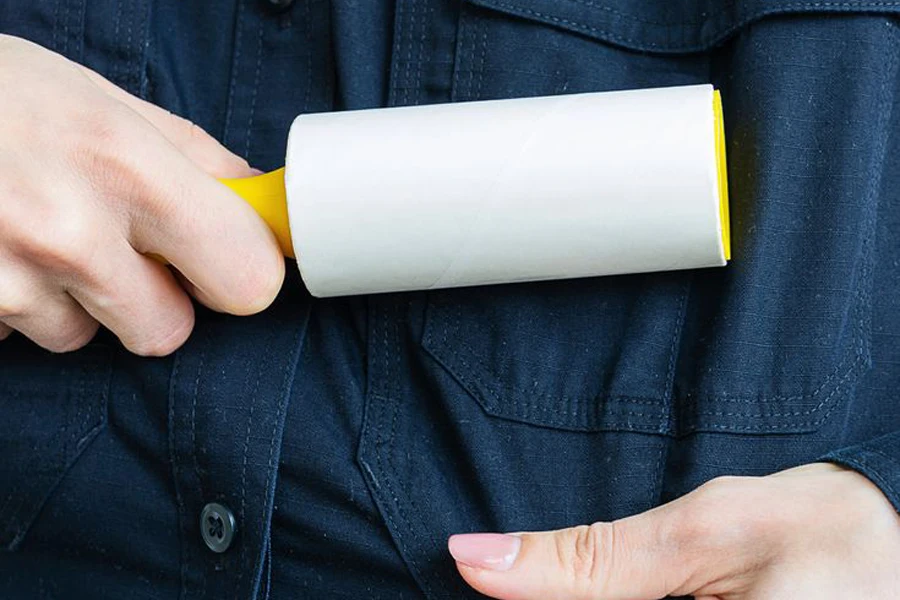
Specialty uses across fabrics and furnishings
The application of lint removers extends beyond clothing care, addressing needs across a spectrum of fabrics and furnishings. Electric models, with their robust motors and adjustable settings, are adept at rejuvenating heavy-duty textiles such as upholstery, curtains, and carpets. Their ability to quickly cover large areas makes them invaluable for maintaining the appearance and longevity of home furnishings. Manual lint removers, with their precise control and gentle touch, are indispensable for the care of delicate garments, such as cashmere sweaters and silk blouses. Their portability also makes them a staple in maintaining the pristine appearance of textiles on the go.
The choice between electric and manual lint removers hinges on the intended application, with each type offering unique benefits tailored to different materials and usage scenarios. Whether reviving a beloved sweater or ensuring the longevity of household textiles, the right lint remover can significantly enhance the care and appearance of a wide range of fabrics. This underscores the critical role of lint removers in textile maintenance, providing a solution that meets the diverse needs of fabric care.
2. 2024 market insights for lint removers

The global lint remover market is expected to experience significant growth in the coming years. Experts currently value the global electric fabric shaver market, which includes lint removers, at US$ 2.3 billion in 2023. It’s projected to grow at a Compound Annual Growth Rate (CAGR) of 6.7%, reaching US$ 3.7 billion by 2030. Additionally, the lint remover market specifically is forecasted to grow at a CAGR of 5.60% from 2023 to 2030. In 2021, the market size was valued at an unspecified amount, indicating a trend of substantial expansion anticipated to continue through 2031. This growth is driven by increased consumer awareness and demand for sustainable fashion practices, alongside the convenience and accessibility of these devices for both residential and commercial use.
The current trajectory of the lint remover market underscores a shift towards smarter, more sustainable, and efficient fabric care solutions. This evolution is driven by a confluence of technological innovation and changing consumer behaviors, with a marked preference for products that offer convenience, effectiveness, and environmental consciousness.
Innovations driving demand
Recent advancements in lint remover technology have significantly elevated the functionality and appeal of these devices. Enhanced blade designs, featuring sharper, more durable materials, ensure a closer, more efficient fabric shave without damaging the textile. Battery efficiency has also seen notable improvements, with newer models boasting longer life spans and faster charging capabilities. These technological enhancements not only optimize the lint removal process but also cater to the growing demand for products that blend performance with convenience.

Consumer preferences shaping the market
The shift towards eco-friendly and durable lint removers reflects a broader consumer trend towards sustainability. Today’s consumers are increasingly seeking products that minimize environmental impact, prompting manufacturers to explore renewable materials and energy-efficient designs. Additionally, the demand for multifunctional devices is on the rise, with consumers favoring lint removers that can handle a variety of fabrics and applications, from delicate garments to robust home textiles. This preference underscores the importance of versatility in product design, encouraging innovation that transcends traditional fabric care solutions.
The 2024 market insights for lint removers highlight a dynamic interplay between technological innovation and consumer expectations. As advancements in blade technology and battery efficiency continue to captivate the market, consumer preferences for eco-friendly, durable, and multifunctional devices are steering product development. This symbiotic relationship between innovation and demand is shaping a new era in fabric care, promising enhanced performance, sustainability, and versatility in lint remover offerings.
3. Criteria for choosing lint removers
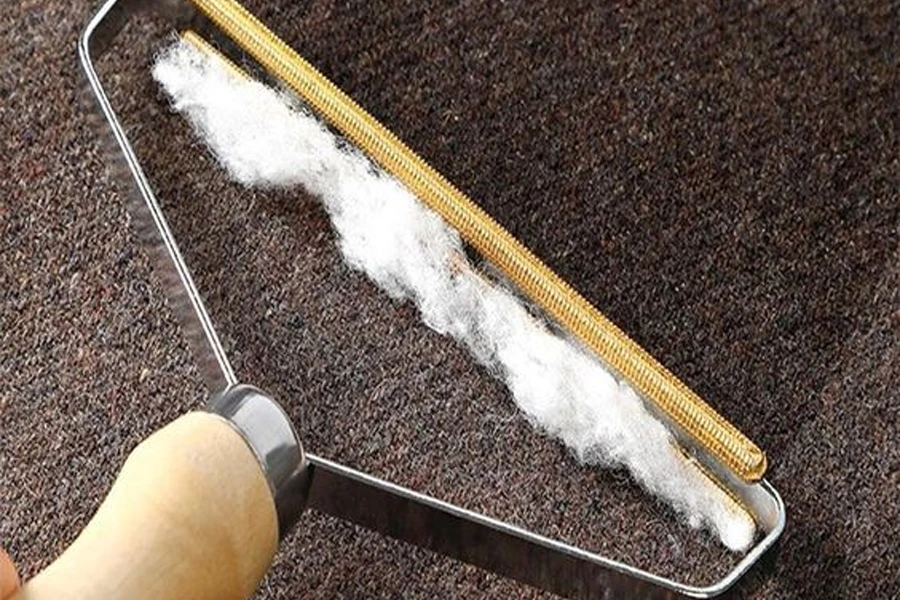
Selecting the right lint remover is more than just a matter of preference—it’s about finding a tool that aligns with the specific needs of fabrics, ensuring both effectiveness and safety. With the vast array of options available in the market, discerning the essential criteria for making an informed choice is key.
The selection process involves a careful consideration of various factors, from fabric compatibility to the device’s portability and its safety features. Understanding these elements can significantly influence the performance and longevity of lint removers, as well as the safety of the user and the fabrics treated.
Assessing fabric compatibility
The foremost consideration in choosing a lint remover is its compatibility with various fabrics. The diversity of textiles, from delicate wools to sturdy cottons, demands a lint remover that can adapt to different textures without causing damage. Opting for a model that offers adjustable settings or interchangeable heads can provide a tailored approach to fabric care, ensuring that everything from fine garments to upholstered furniture is treated gently yet effectively. This adaptability not only preserves the integrity of the textiles but also maximizes the utility of the lint remover across a broad range of applications.
Evaluating portability and power sources
Portability and the choice of power source are critical factors that affect the convenience and usability of lint removers. For professionals and individuals alike, a compact and lightweight design enhances the ease of use, making it possible to maintain textiles in pristine condition, even on the go. Battery-operated models offer untethered mobility, ideal for travel and quick touch-ups, while corded electric removers provide continuous power, suitable for extensive use. The decision between battery and electric power hinges on the user’s specific needs, balancing between portability and sustained operation.
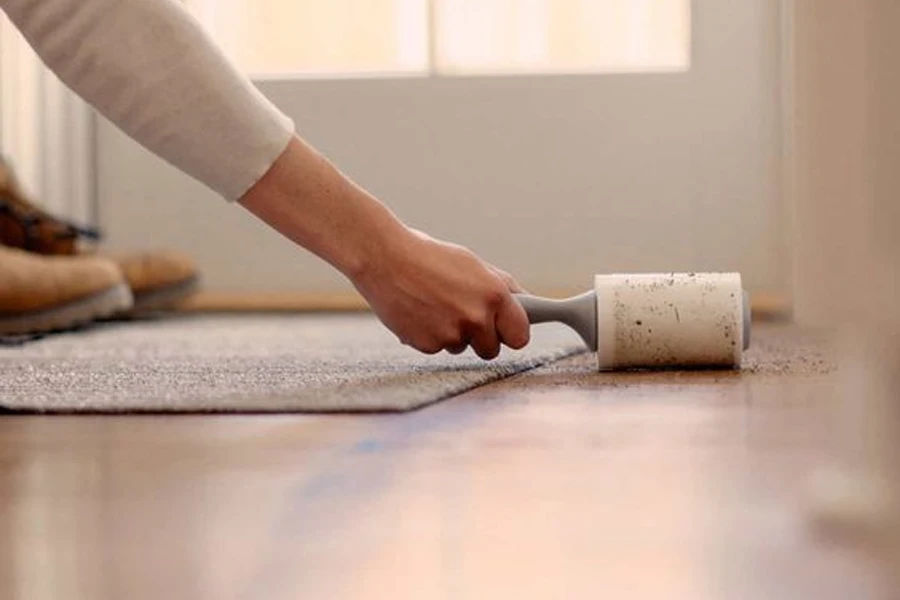
The importance of blade quality and safety features
The quality of the blades and the incorporation of safety features are paramount in selecting a lint remover. High-quality blades ensure efficient lint removal and longevity of the device, reducing the need for frequent replacements. Additionally, safety features such as protective guards and auto-shutoff mechanisms safeguard against accidental cuts or fabric damage, making the device safer for users of all ages. Investing in a lint remover with robust blades and comprehensive safety measures is a prudent choice that guarantees both performance and protection.
In the quest for the ideal lint remover, considering these critical factors—fabric compatibility, portability and power sources, and the quality and safety of the blades—can guide professionals in making selections that meet the nuanced requirements of fabric care. By prioritizing these criteria, one can ensure the chosen lint remover not only effectively removes lint and fuzz but does so in a manner that is safe, convenient, and suitable for a wide array of textiles.
4. Leading lint remover models of 2024

In the rapidly evolving landscape of textile care, the year 2024 has seen significant advancements and innovations in the realm of lint removers. A selection of models has risen to prominence, distinguishing themselves through superior performance, versatility, and innovative features. This curated list of leading lint remover models of 2024 showcases the pinnacle of what the market has to offer, from high-powered electric options to versatile manual models, all engineered to meet the diverse needs of fabric maintenance.
The array of models available this year underscores a commitment to efficiency, durability, and user-centric design. These standout devices not only promise to elevate the standard of fabric care but also reflect the latest technological advancements in the industry.
Top electric models and their features
Electric lint removers have set a new benchmark for power and efficiency. With enhanced battery life and improved blade designs, these models offer quick and effective removal of fuzz, lint, and pilling from a wide range of textiles. Notably, advanced models feature adjustable settings to cater to different fabric types, from delicate knits to heavy upholstery, ensuring comprehensive care without compromising fabric integrity. Moreover, ergonomic designs and user-friendly interfaces underscore the emphasis on convenience and ease of use, making these electric lint removers indispensable tools for maintaining textile quality.
Best manual models for versatile use
Despite the surge in electric models, manual lint removers continue to hold their ground, favored for their reliability and simplicity. The leading manual models of 2024 are celebrated for their durability and effectiveness, featuring innovative blade technologies and ergonomic handles for enhanced user comfort. Their portability and the absence of a need for batteries or power sources make them ideal for on-the-go adjustments and travel, proving that manual models remain a staple in the toolkit of fabric care.
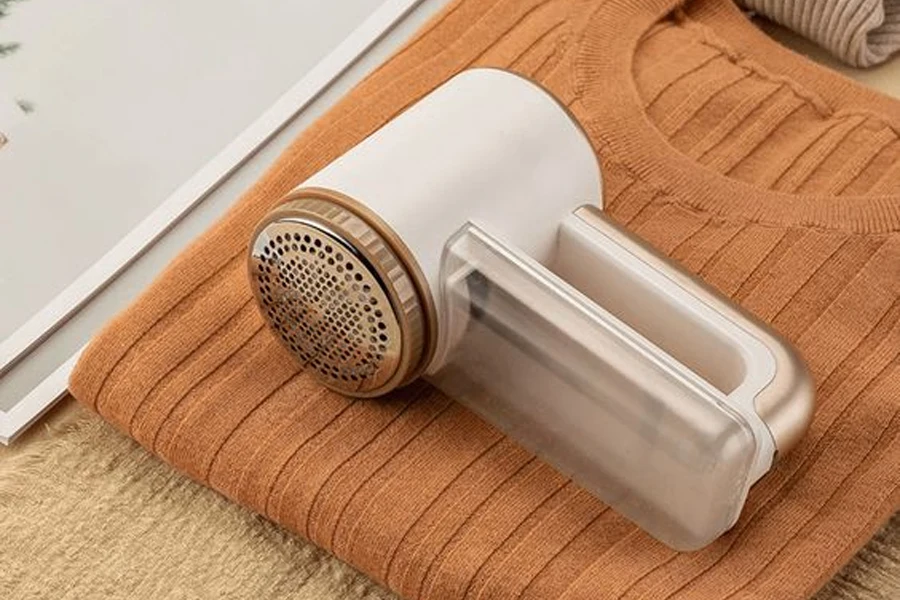
Innovations in lint removal technology
The year 2024 has also witnessed groundbreaking innovations in lint removal technology, with manufacturers introducing models that redefine the efficiency and scope of fabric maintenance. Innovations include models equipped with smart sensors that adjust blade speed and height based on fabric type, minimizing the risk of damage while maximizing lint removal. Additionally, sustainable models featuring recyclable materials and energy-efficient designs reflect the industry’s shift towards eco-friendly products, aligning with consumer demand for sustainability without sacrificing performance.
The leading lint remover models of 2024 exemplify the strides made in fabric care technology, offering a range of options tailored to diverse needs and preferences. Whether through the power and precision of electric models, the simplicity and reliability of manual devices, or the forward-thinking designs of innovative models, this year’s selection of lint removers stands out for its ability to provide effective, efficient, and tailored solutions for maintaining textile quality and appearance.
Conclusion
Selecting the appropriate lint remover in 2024 is paramount for enhancing fabric care and ensuring the longevity of garments and textiles. With the advent of innovative designs and technologies, the right lint remover not only preserves the aesthetic appeal of fabrics but also contributes to sustainable fashion practices. As the market evolves, the emphasis on eco-friendly, efficient, and versatile lint removers aligns with the growing demand for quality and sustainability in fabric care, underscoring the critical role these devices play in the maintenance and preservation of textile integrity.




